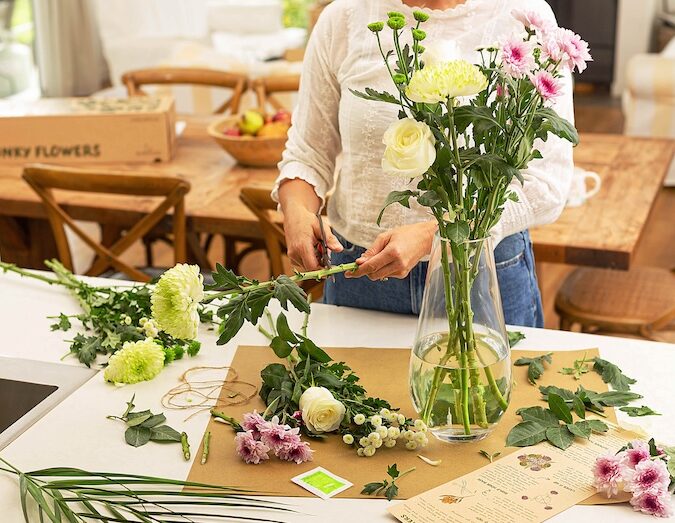New Zealand Innovation Awards: Innovation in Agribusiness & Environment, SPATnz

SPATnz (which stands for Shellfish Production and Technology New Zealand Limited) is pioneering the natural breeding of New Zealand greenshell mussels at a world-first purpose built hatchery in Nelson.
_large.jpg)
Harvesting mussels may not sound incredibly innovative on the surface. But greenshell mussels – an indigenous shellfish – are notoriously difficult to harvest. In their microscopic early life stages, greenshell mussel larvae are incredibly sensitive creatures and the survival rate in the wild is less than one in a million. They have defied attempts at culture for decades, even when blue mussels or Pacific oysters could be cultured alongside. But that problem has finally been solved and large scale hatchery spat production is a reality. A concerted effort by aquaculture researchers from industry and The Cawthron Institute has borne fruit, with the success of the SPATnz mussel hatchery essentially allowing them to farm greenshell mussels.

This is a significant step for an industry that already pumps $350 million into Aotearoa’s economy each year. SPATnz’s hatchery has a target of producing about 30,000 tonnes of adult mussels, every year. And that would add about $200 million into New Zealand’s economy. The first 500 tonnes of the greenshell mussels were harvested earlier this year.

Not surprisingly, there’s big money behind it, with the hatchery a collaboration between the Ministry for Primary Industries (MPI) and seafood company Sanford, as part of a seven-year Primary Growth Partnership. In total, about $13 million is being invested.

When the hatchery first opened in 2015, SPATnz programme manager Rodney Roberts said mussel parents need all the help they can get.

“In nature, one female mussel might spawn thirty or forty million eggs. The vast majority of those won’t survive. Those sorts of rates make things tough for mussels and tough for us trying to produce baby mussels in a hatchery. Survival rates like that would make our hatchery completely uneconomic, so we’ve had to develop methods that let us do much better.”

And there is some pretty cool, innovative stuff going on at the facility, like DNA fingerprinting to keep the breeding population of the mussels diverse and selective breeding, which unlocks the huge gains in productivity and product quality that virtually every other farming sector enjoys.

As Ted Culley, aquaculture manager at Sanford, says: “It hasn’t been done like this anywhere else in the world. We are at the cutting edge of technology here and eventually this programme will benefit the whole of the mussel business and potentially beyond.”

Evaluator comments:




